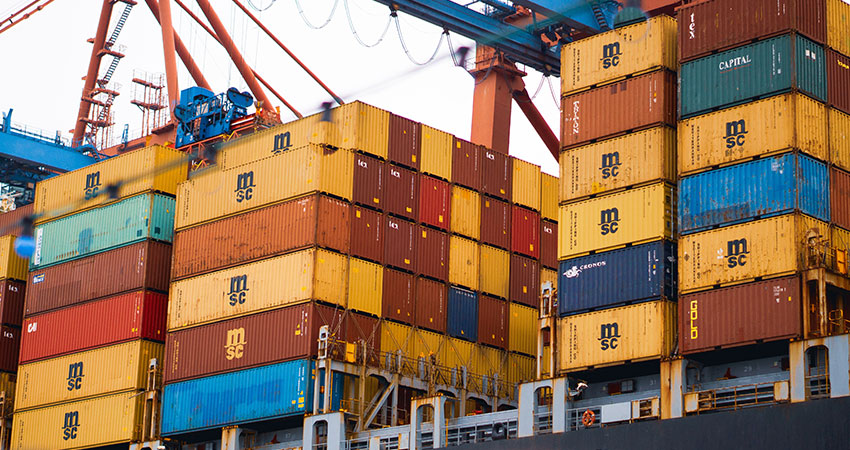Domestic imports logged a 7.2% month-on-month increase in January, much higher than expected based on figures from the past six years, according to U.S. Census data as analyzed by global logistics and supply chain firm Descartes, yet still lagged behind pre-pandemic levels by a small margin.
The result was promising given the current economy and other macro issues, Descartes found. But the immediate outlook for domestic imports isn’t as promising, based on the latest Global Port Tracker from the National Retail Federation and Hackett Associates, which calls for February to see the lowest level of importing since before the pandemic.
“With the U.S. economy slowing and consumers worried by rising interest rates and still-high inflation, retailers are importing less merchandise,” NRF Vice President for Supply Chain and Customs Policy Jonathan Gold said in a release. “February is traditionally a slow month, but these are the lowest numbers we’ve seen in almost three years. Retailers are being cautious as they wait to see how the economy responds to efforts to bring inflation under control.”
Based on a look-back to 2017, Descartes’s tally of 2.1 million twenty-foot equivalent units (TEUs) imported in January, based on Census figures, should have been closer to December’s total of 1.9 million TEUs, but instead surged ahead, Descartes found. The December-to-January increase was 3.2% a year ago, by comparison.
The January figure for domestic imports from Census, while promising, was still 0.3% lower than the pre-pandemic figure from January 2019. The Global Port Tracker is projecting a lower figure of 1.78 million TEUs for January, based on data from the 12 major U.S. ports, while Descartes’ data from the Census Bureau covers all U.S. imports.
Chris Jones, EVP of industry and services for Descartes, saw more of a half-full glass than NRF. “(The January figures) are encouraging and the basis of the economy is healthy at the moment,” Jones said. “It’s not like booming as the previous two years but at the moment it’s okay.”
Of the top 10 domestic ports, only Savannah saw a decline in TEU volume from December to January, decreasing just 1.5%, Descartes reported. The largest increase was at the port of Houston, which was up 22.4% last month, followed by Miami (up 17.2%) and Long Beach (up 14.4%). NRF has yet to report January figures, but projects a drop from 2.16 million TEUs last year to 1.78 million TEUs.
Chinese imports, which had been declining, were up 11% in January to 762,967 TEUs, but still 24% lower than an August peak. China represented 36.9% of total U.S. container imports, down 6.1% from a high of 41.5% in February 2022. The greatest gain in import volume was from South Korea, up nearly 20%, followed by Taiwan, up 16.4%.
Taken in total, top ports on the East and Gulf Coast ports saw their share of TEU volume for domestic imports drop slightly in January by 0.3%, to 45.2%, while West Coast ports rose 0.5% to 38.6%. The latter ports have gained 2% of share since a low of 36.6% in October.
Jones said shippers are wary about committing to orders and sailings, based on so many uncertainties, between the economy, lingering COVID issues and potential labor actions over the next six months. He agreed with experts we spoke with who said the weeks after Chinese New Year will be telling in terms of global supply chains.
“When are people placing bets, and how will that manifest in shipping?” he said. “Are they worried about the economy? Whether real or perceived, a lot of major retailers got burned significantly, stuck holding a lot of stuff that consumers suddenly didn’t want. We’re hearing they’re being more cautious in how much they order.”
As was the case in 2022, Jones believes ultimately retail shippers will order goods earlier than historically when planning forecasts for the latter half of the year, even with high inventory levels, due to concerns about supply chain reliability.
“There’s still a lot of inventory, and warehouse capacity is very tight,” he said. “Some of that is due to timing issues. But people to make sure they get things when they need them, so they’ll order a bit earlier.”

